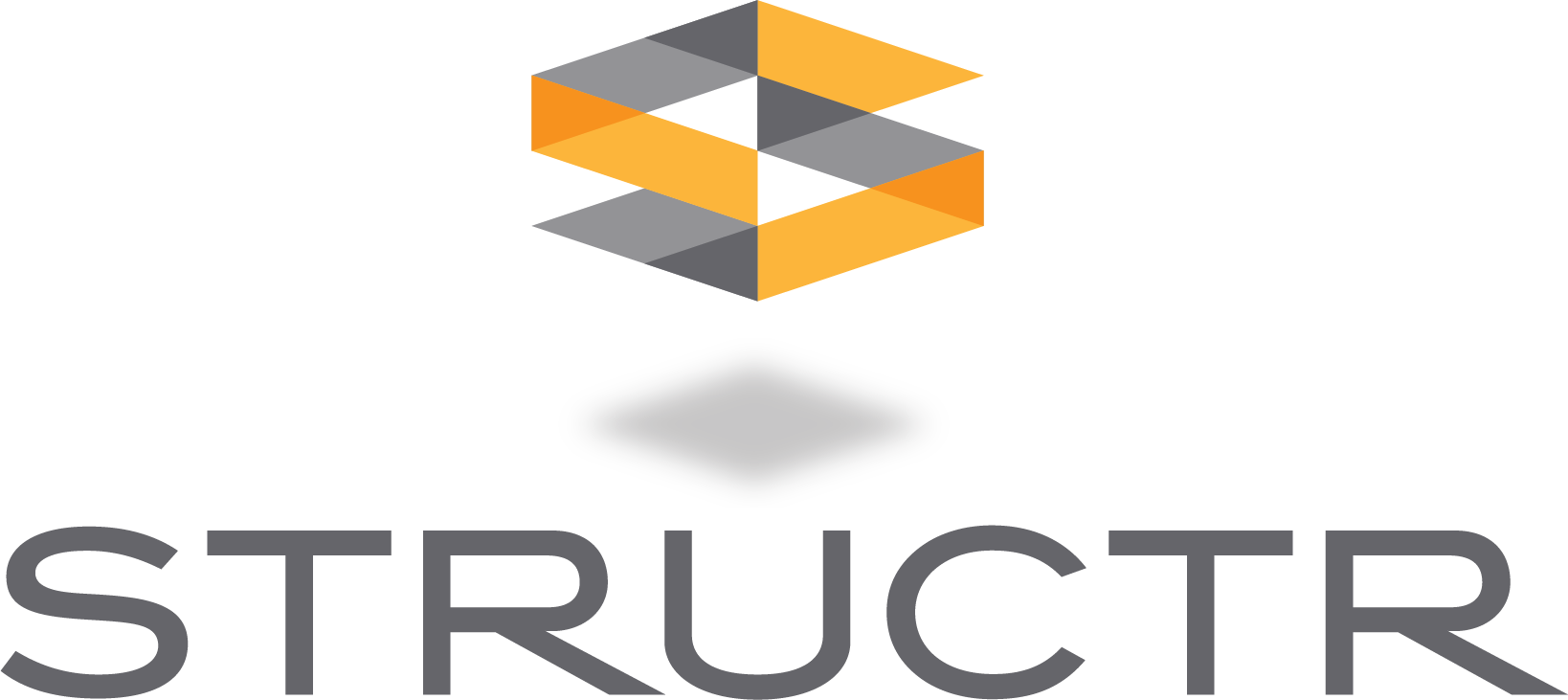

Aug 6, 2020
Companies are often looking for unique ways to implement socially conscious measures into their business model. This frequently includes adding green features to new building designs. While it may seem like a no-brainer to design with sustainability in mind, owners should ask themselves a few questions before incorporating sustainability into their practices.
An important first step is to evaluate your company’s mission and goals. There are many potential green building techniques and features, so finding the ones that connect to your CSR initiatives helps prioritize them. It’s also worth considering why you want to include these features and how committed you are. Green building can add post design and construction operational elements to a project that requires skilled team members you might not hire otherwise. Understanding the organization’s commitment to incorporating them into the project will ensure the sustainable features do not become irrelevant.
Like all things, green features have upfront costs and maintenance costs. While upfront costs may seem higher, it is important to note that lower operating costs are consistently reported as a benefit to green building. Many owners report 8% savings after the first year and 14% savings at five years. From savings on utility bills and operating costs to job creation and increased property value, the economic value of green building is undeniable.
Upfront investment in green building also makes properties more valuable, with a growing number of building owners seeing a 10% or greater increase in asset value. The percentage of owners reporting that level of growth has nearly doubled since 2012. Owners should pay close attention to features that offer multiple benefits such as adding taller windows. Taller windows allow more daylight into a space, increasing occupant productivity, while also reducing the lighting load, yielding lower energy costs. Understanding the lifecycle costs of sustainable features can help owners more easily make the case for the upfront costs.
Stakeholders will want to weigh in on the environmental and economic impacts of your building, and they may not always agree. While tenants may prioritize measures that improve indoor air quality, neighbors may prefer a project focus on the use of sustainable materials. It’s important to have an open dialogue with investors, tenants, and members of the surrounding community early and often in the process.
One way to encourage open dialogue is to host a sustainability charrette where all stakeholders are permitted to voice their opinion. Owners should order stakeholder priorities based on the stakeholder’s relationship to the organization or project.
Does your project already have a completed design? This doesn’t mean it’s too late to add green features – it will just take meticulous planning to incorporate the changes. Is there flexibility in the budget and schedule? How does an adjusted design hold up to corporate standards? How significant of an impact will adding the green feature have on the current design? These are great questions to ask when considering which features to add.
While it’s always important to carefully consider a potential project team, it can be especially true for green building projects. Owners should consider the proposed teams’ experience with sustainable features and how committed they are to sustainable building practices, regardless of client required practices. Do they have experience with major sustainability certifications such as LEED or the Living Building Challenge? A team with green building experience will streamline the process, saving time and money.
Adding green features to your building design is a great way to increase efficiency throughout the lifecycle of the building. Not only are there time and cost-saving benefits, but tenant outcomes will also improve. By asking yourself a few basic questions, you can make sure you choose the right features for your project.